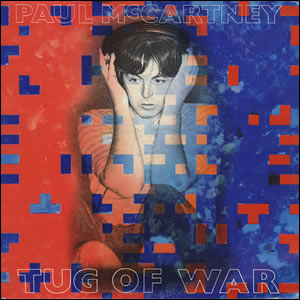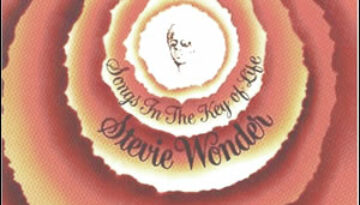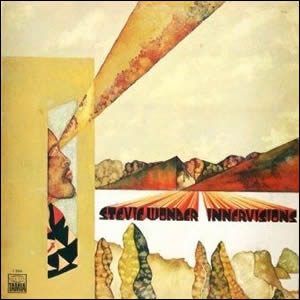Top 9 Rock Festivals
This week Classic Rock Review joins the celebration of the 45th Anniversary of the historic 1969 Woodstock Music Festival. In conjunction with Top 9 Lists, we present a list of the Top 9 […]

This week Classic Rock Review joins the celebration of the 45th Anniversary of the historic 1969 Woodstock Music Festival. In conjunction with Top 9 Lists, we present a list of the Top 9 […]

Buy Tug of War The naive belief that one could end war by political correctness at a time when no major wars were occurring in the Western world may be the best way […]

Buy Songs In the Key of Life The incredibly long and ambitious Songs In the Key of Life became the tour-de-force of Stevie Wonder‘s prolific seventies. The album consisted of two LPs plus […]

Buy Innervisions Innervisions is an album themed on social issues, drugs, spirituality, and urban life by Stevie Wonder in 1973. Wonder did virtually everything on this album from songwriting to producing to playing […]

Buy Fullfillingness’ First Finale At the age of just 24, Stevie Wonder released his 17th studio album with 1974’s Fulfillingness’ First Finale. This record came when the composer, musician and vocalist was in […]

Buy Brand New Day Sting‘s sixth solo record, Brand New Day was a 1999 critical and commercial success that ultimately earned a Grammy Awards for both Best Pop Vocal Album and Best Male […]